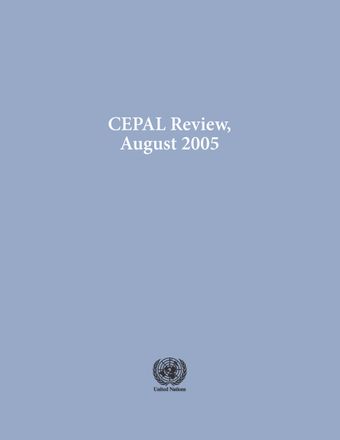-
The dynamic of employment in Chilean industry
- Source: CEPAL Review, Volume 2005, Issue 86, Sep 2005, p. 141 - 159
- Spanish
-
- 22 Sep 2005
Abstract
This paper uses descriptive and parametric information to analyse the dynamic of employment in Chilean industry at the industrial plant level between 1979 and 2000. It examines job creation, destruction and turnover and investigates the link between these and the business cycle, sectoral characteristics and plant size. It finds evidence of procyclical job creation and countercyclical job destruction; of countercyclical labour turnover associated inversely with size; of marked heterogeneity between sectors; of the great importance of corporate demography in employment changes, and of the predominant role played by large companies in employment flows. It then goes on to analyse the impact of trade liberalization, the exchange rate and comparative advantages on sectoral employment flows. It concludes that a tariff reduction increases job destruction and thence turnover, and that comparative advantages and exchange-rate depreciation have a positive effect on job creation and turnover.





